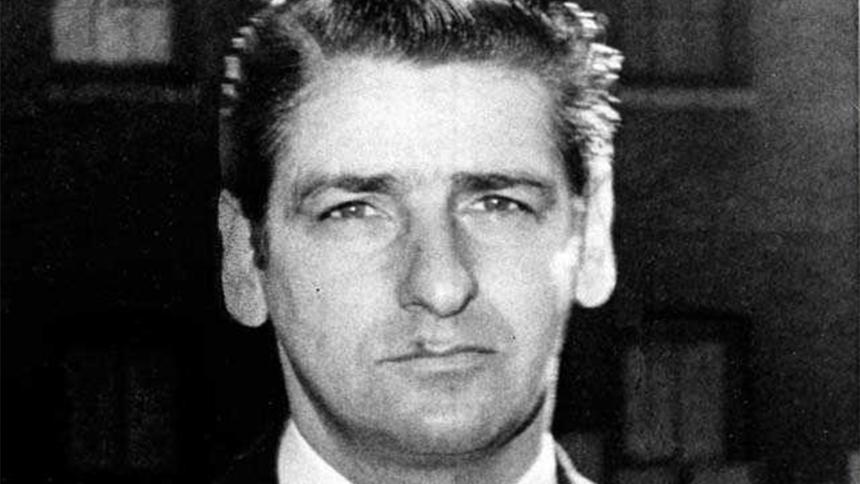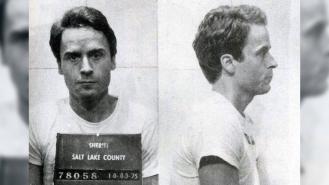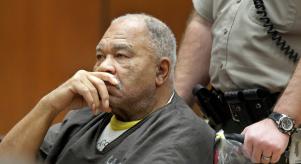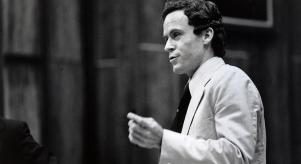
Who was the Boston Strangler? The 'Multiple Identity Theory'
Most of you reading this will know a fair bit about true crime and serial killers. Fans of this channel pride themselves on their knowledge of the area. But how much do any of us really know about anything?
We know what we’re told. What we find out. Narratives that are repeated and accepted. Yet life is rarely that cut and dry. To prove this point, let’s explore a mysterious grey area of serial killer history. We’re talking about one of the most infamous serial killers in modern history - the Boston Strangler.
What do we know about the case?
Between 1962 and 1964, a series of brutal murders targeting women shocked the city of Boston, Massachusetts. The perpetrator used ligatures to strangle his victims to death, often after seriously sexually assaulting them. The crimes tended to share common elements, such as forced entry and a methodical, almost ritualistic, post-murder staging of the scenes. These factors suggested to investigators a degree of premeditation to the gruesome crimes.
The 13 victims in the Boston Strangler case were all women, ranging in age from 19 to 85. The diverse demographics of the victims contributed to the immense difficulty in establishing a specific victim profile, adding extra complexity to the investigation. This series of heinous murders went on to leave a lasting impact on the city and the whole country. Such confidently carried out serial murders, in such numbers, were unusual in the early 1960s, even in the United States.
The police investigation faced additional challenges with false confessions, conflicting evidence and an elusive motive all thrown in. Serial murderer pathology and profiling was, unfortunately, in its infancy at the time, adding to the struggles that the Boston Police Department faced.
Who is believed to have been the Boston Strangler?
It is generally thought that a man named Albert DeSalvo was the Boston Strangler, a man who confessed to the murders while in custody for unrelated crimes in 1964.
Born in 1931 in Chelsea, Massachusetts, DeSalvo had a criminal history including a litany of sexual offences and burglary. He was undeniably a serial rapist and almost certainly a killer of women.
His upbringing was consistent with the kinds of childhoods one might expect a serial killer to have endured. He had a violent alcoholic as a father, one who beat DeSalvo's mother in front of him. Not only that, but Frank DeSalvo also engaged in sexual acts with sex workers in front of his family. Albert soon turned to shoplifting, animal torture and violence, before later having a short stint in the US Army.
DeSalvo confessed to being the Boston Strangler while being quizzed over a series of sexual assaults known as 'The Green Man Rapes', despite not being suspected by police and there being no evidence linking him with the strangulations. He was convicted for the separate rapes in 1967 and given life in prison. He was stabbed to death by fellow inmates inside Walpole Prison six years later at the age of 42.
The 'Multiple Identity Theory'
The true identity of the Boston Strangler remains a subject of plenty of debate and speculation in law enforcement and the true crime world. There are theories suggesting that there may have been multiple perpetrators and that DeSalvo might not have been responsible for all - or even any - of the murders attributed to the Boston Strangler. Nevertheless, DeSalvo has gone down in history as the culprit.
At the time of his confession, people who knew him personally claimed that he was incapable of such vicious crimes. Many top-tier criminologists agree, although there is no doubt that DeSalvo was a despicably violent man guilty of multiple rapes and serious sexual assaults.
The true identity of many of history's most notorious serial killers is up for debate. The difference here is that many experts who have delved deep into the case believe that there isn't a single 'Boston Strangler'. The reason being is that the modus operandi shown with the crimes here differ quite significantly from one another.
What the experts have said
Robert Ressler, a prominent criminologist and a former lead profiler for the FBI, claims that the killings don't fit the single murderer theory at all. He explained: ‘You're putting together so many different patterns that it's inconceivable behaviorally that all these could fit one individual.’
Susan Kelly is the author of the book The Boston Stranglers and believes that DeSalvo made up some of his confession. She admitted that it was accurate in large parts but added: ‘The newspapers were an excellent source of information - and it's very interesting to me that the details that Albert got wrong in his confession were identical to the details that the newspapers got wrong.’
The forensic scientist James E. Starrs expressed reservations over DeSalvo's guilt too, stating: ‘This is a case where the more you look at the evidence, the more you realise something is wrong.’
Dr. Ames Robey, medical director of Bridgewater State Hospital (where DeSalvo spent time), was adamant that DeSalvo was a ‘schizophrenic’ who was not responsible for the Boston Strangler murders. He called DeSalvo ‘a very clever, very smooth compulsive confessor who desperately needs to be recognised.’
John E. Douglas, the former FBI special agent who was one of the earliest criminal profilers, doubted that DeSalvo was the Boston Strangler. He characterised DeSalvo as a ‘power-assurance motivated rapist’ in his book The Cases That Haunt You. ‘Albert DeSalvo was not an angry or sadistic guy. If he were, this behaviour would have shown up in other aspects of his life, and it would certainly have shown up in his interactions in prison.
‘Though DeSalvo wouldn't have committed crimes as savage and sadistic as those of the Boston Strangler, it is understandable that, once the suggestion was made to him, he'd take credit for the crimes. From all of my study of serial sexual offenders, I believe it is virtually impossible that Albert DeSalvo was the Boston Strangler.’
In conclusion
Was Albert DeSalvo the Boston Strangler? Well, it’s hard to say. At least it’s tricky to declare with any real authority that he killed all the victims himself.
In July 2013, almost 50 years after Mary Sullivan was raped and murdered, seminal fluid discovered at the scene proved to be a match with DeSalvo’s nephew. This established a connection between DeSalvo and Sullivan's murder and eliminated 99.9% of the remaining population. Later that month, authorities excavated DeSalvo's remains and verified the DNA match. So, we can say with some certainty that DeSalvo was a killer.
As far as whether or not there were multiple men responsible for the Boston Strangler murders? That seems destined to be a question that will linger in the unsolved files for plenty of years to come.









